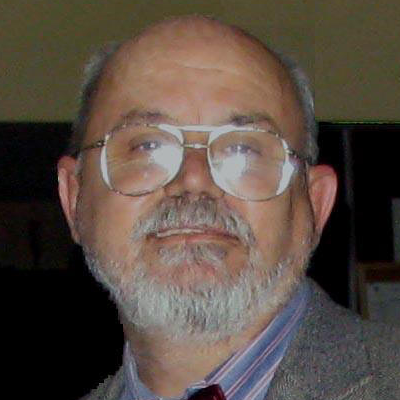Fractional Differential Operators with Classical and New Memory Kernels
A special issue of Fractal and Fractional (ISSN 2504-3110). This special issue belongs to the section "General Mathematics, Analysis".
Deadline for manuscript submissions: 30 April 2024 | Viewed by 4871
Special Issue Editors
2. IICT, Bulgarian Academy of Sciences, 1113 Sofia, Bulgaria
Interests: fractional calculus; local fractional calculus; computer algebra tools; numerical techniques; special functions; modeling of biophysical phenomena; image processing
Special Issues, Collections and Topics in MDPI journals
Interests: mathematical modeling; fractional calculus; non-linear diffusion; viscoelasticity
Special Issues, Collections and Topics in MDPI journals
Special Issue Information
Dear Colleagues,
Fractional calculus has a rich history in the modelling of nonlinear problems in physics and engineering. Formally, the apparatus of fractional calculus includes a variety of fractional-order differintegral operators, such as the ones named after Riemann, Liouville, Weyl, Caputo, Riesz, Erdelyi, Kober, etc., which give rise to a variety of special functions. Beyond this, some new trends in modelling involve integral operators with nonsingular kernels, as well as operators defined on fractal sets. These were proposed to model dissipative phenomena that cannot be adequately modelled by classical operators. This Special Issue addresses contemporary modeling problems in science and engineering involving fractional differential operators with classical and new memory kernels. This is a call to authors involved in modeling with new and classical fractional differential operators to share their results in fractional modelling theory and applications. We will cover a broad range of applied topics and multidisciplinary applications of fractional-order differential operators with classical and new kernels in science and engineering.
Dr. Dimiter Prodanov
Prof. Dr. Jordan Hristov
Guest Editors
Manuscript Submission Information
Manuscripts should be submitted online at www.mdpi.com by registering and logging in to this website. Once you are registered, click here to go to the submission form. Manuscripts can be submitted until the deadline. All submissions that pass pre-check are peer-reviewed. Accepted papers will be published continuously in the journal (as soon as accepted) and will be listed together on the special issue website. Research articles, review articles as well as short communications are invited. For planned papers, a title and short abstract (about 100 words) can be sent to the Editorial Office for announcement on this website.
Submitted manuscripts should not have been published previously, nor be under consideration for publication elsewhere (except conference proceedings papers). All manuscripts are thoroughly refereed through a single-blind peer-review process. A guide for authors and other relevant information for submission of manuscripts is available on the Instructions for Authors page. Fractal and Fractional is an international peer-reviewed open access monthly journal published by MDPI.
Please visit the Instructions for Authors page before submitting a manuscript. The Article Processing Charge (APC) for publication in this open access journal is 2700 CHF (Swiss Francs). Submitted papers should be well formatted and use good English. Authors may use MDPI's English editing service prior to publication or during author revisions.
Keywords
- fractional operators
- memory kernels
- biomechanical and medical models
- analysis, special functions and kernels
- numerical and computational methods
- analytical solution methods: exact and approximate
- modeling approaches with nonlocal (fractional) operators
- probability and statistics based on non-local approaches
- mathematical physics: heat, mass and momentum transfer
- engineering applications and image processing
- life science, biophysics and complexity
Planned Papers
The below list represents only planned manuscripts. Some of these manuscripts have not been received by the Editorial Office yet. Papers submitted to MDPI journals are subject to peer-review.
[email protected]; Title: Fractional Aggregation Operators ...






